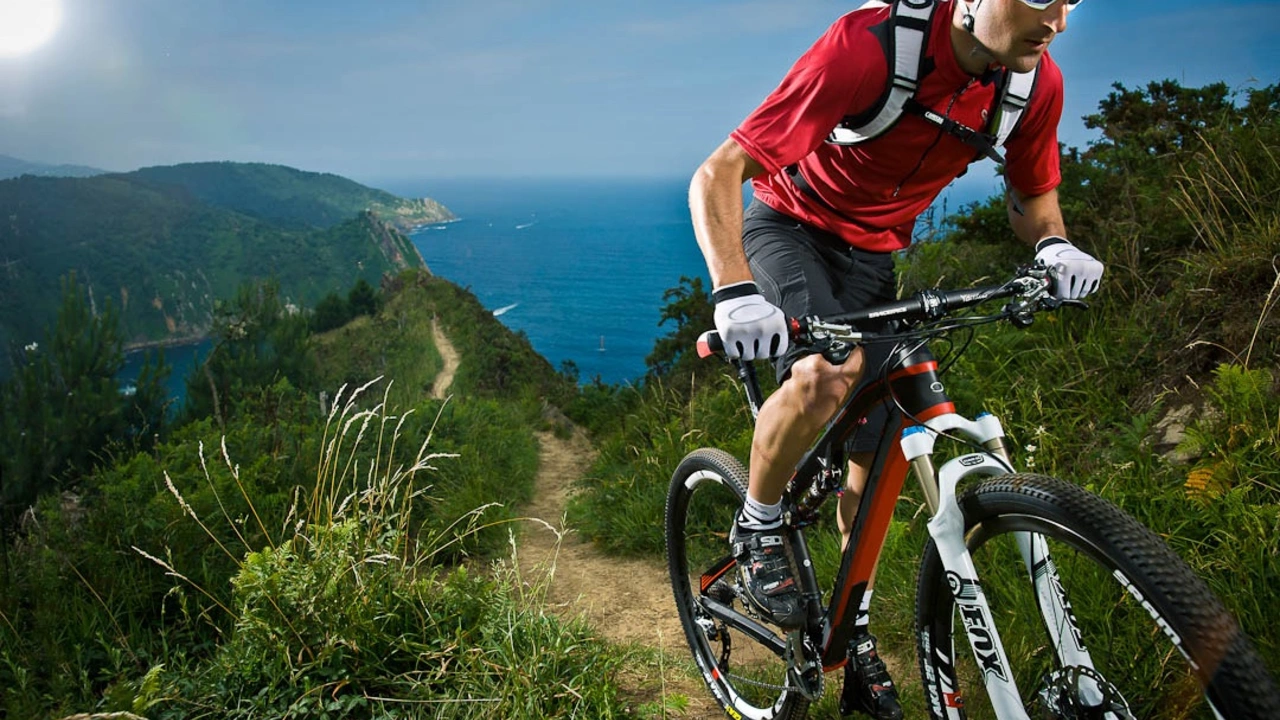Mountain Biking Essentials: Gear, Skills, and Trail Tips
If you’ve ever watched a rider zip down a forest path and thought, "I want to try that," you’re in the right place. Mountain biking isn’t a mystery – it’s just a mix of the right bike, solid basics, and a bit of common sense. Below you’ll find straight‑forward advice you can use on your next ride, whether you’re just starting out or looking to tighten up your game.
Choosing the Right Bike and Gear
The first step is picking a bike that fits your body and the trails you want to ride. A hard‑tail bike (front suspension only) works great on smoother singletrack and is cheaper to maintain. If you plan on tackling rough, technical terrain, a full‑suspension bike gives you more control and comfort, but it costs more. Check the frame size: stand over the top tube and make sure there’s a couple of inches of clearance. That simple test stops a lot of soreness later.
Helmet, gloves, and proper shoes are non‑negotiable. A well‑ventilated helmet protects your head, while padded gloves keep your hands from bruising on rough descents. For shoes, flat‑pedal shoes with good grip let you stay on the bike when you need to shift weight quickly. If you ride a clipless system, make sure the cleats line up with the pedal’s motion – it feels weird at first but saves energy on long rides.
Don’t overlook the basics: a reliable lock if you leave your bike unattended, a mini‑pump, tire levers, and a multi‑tool. A compact first‑aid kit and a water bottle are also smart additions. Having these items in your pack means you won’t have to turn back for a flat or a sore ankle.
Core Skills and Trail Etiquette
Before you hit steep descents, master a few core skills on easy terrain. Learn to shift your weight backward when braking downhill – it prevents the front wheel from locking and digging into loose soil. Practice “track stands,” where you balance without moving; this helps you stay steady on obstacles. When cornering, look where you want to go, not at the obstacle, and keep your inside pedal up to avoid clipping the ground.
Trail etiquette keeps everyone safe and happy. Yield to uphill riders – they have the right of way because it’s harder for them to stop or turn around. Always announce yourself when you’re about to overtake, using a friendly “on your left” or “on your right.” Keep an eye out for wildlife and stay on marked paths; creating new tracks damages the environment and can lead to erosion.
After each ride, give your bike a quick cleanup. Rinse off mud, dry the drivetrain, and check for loose bolts. A well‑maintained bike rides smoother, lasts longer, and saves you from costly repairs down the line.
Mountain biking is as much about the experience as the gear. Start with short, manageable trails, build confidence, and gradually push your limits. Bring a friend, share stories, and enjoy the fresh air. With the right bike, basic skills, and respect for the trail, you’ll be having a blast in no time.
What is an MTB bike?
An MTB bike, or a Mountain Bike, is a type of bicycle designed for off-road cycling. These bikes are built with shock absorption features and sturdy, durable frames to tackle rough terrains like mountains, dirt trails, and rocky paths. They usually have wide, knobby tires for improved traction and balance. MTB bikes come in several types, like cross country, trail, enduro, and downhill, each designed for a specific type of mountain biking. Riding an MTB bike is a fantastic way to explore the great outdoors and get a solid workout.
More